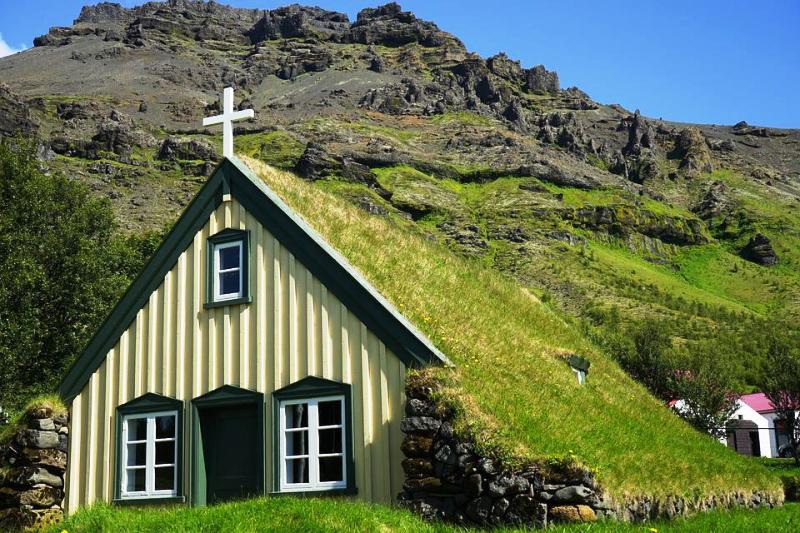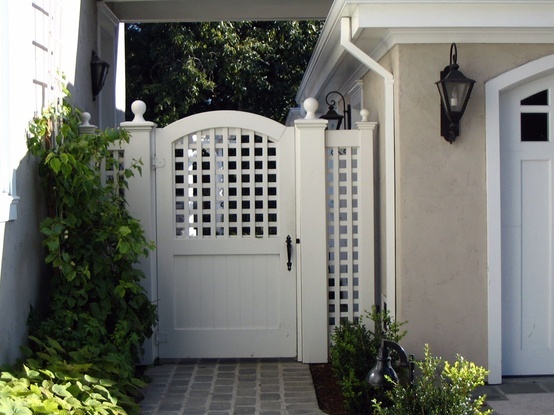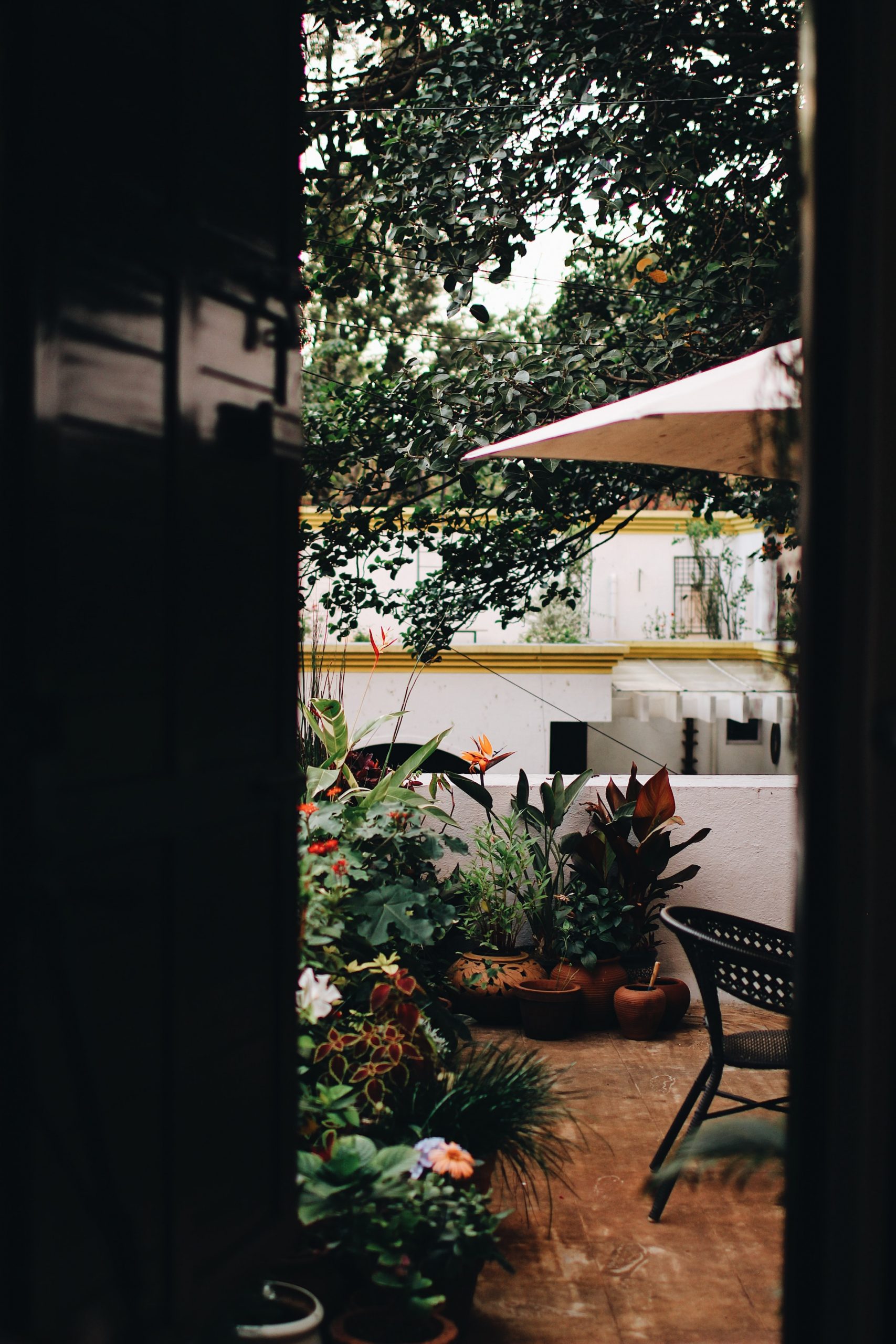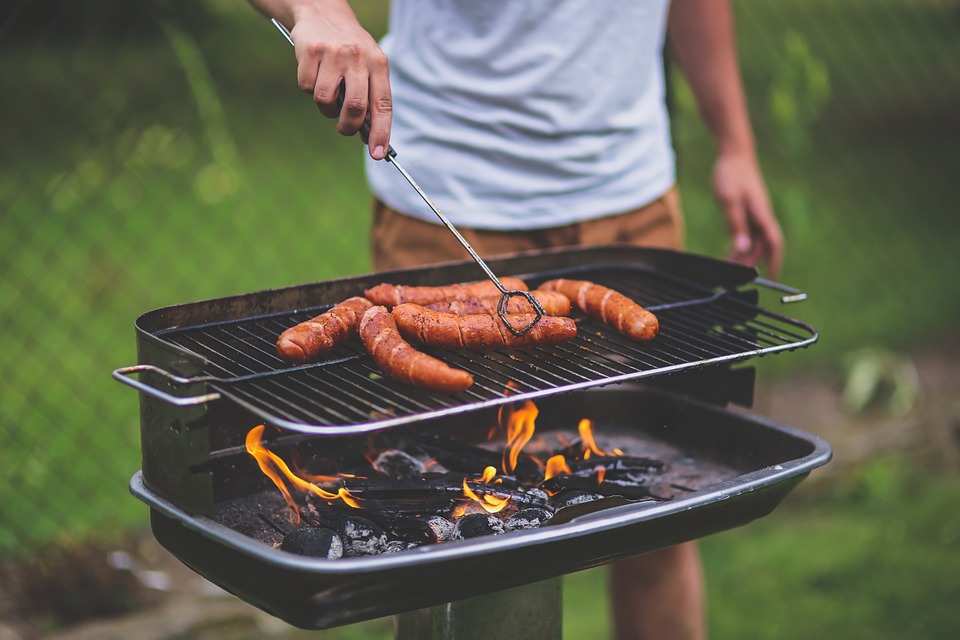The flat roof is gradually taking over our homes, to the detriment of sloping and rounded ceilings. It allows us to benefit from an outdoor living space and make the most of the square meters, especially in the city. Many flat roofs are being transformed into green roofs, which also offer the advantage of insulating from heat and cold.
Two types of green roof
There are two types of green roofs:
1. Intensive green roofs:
– similar to a hanging garden: they are called flat roofs;
– require a substrate with a thickness greater than or equal to 15 cm, as well as a watering system;
– are systematically installed by professionals.
2. Extensive green roofs:
-
require a substrate of a minimum thickness of 5 cm, which can be up to 15 cm;
-
They are ideal for poor soil;
-
the watering system is optional;
-
can be done by amateurs.
Green roof: many advantages
The green roof offers many advantages, especially in terms of insulation from:
-
the cold;
-
bad weather;
-
the noise;
-
draughts.
A grassy substrate is also very resistant to fire and extends the life of the building.
From an ecological point of view:
-
The plants on the roof fix dust and pollen by raising the humidity level in the polluted air of urban areas.
-
The soil absorbs lead and carbon particles, lowering the level of CO2 in the air.
Note: rotting of the roof structure is not a concern if care is taken to protect it with a suitable tarpaulin and create complete drainage.
Installation of the extensive green roof
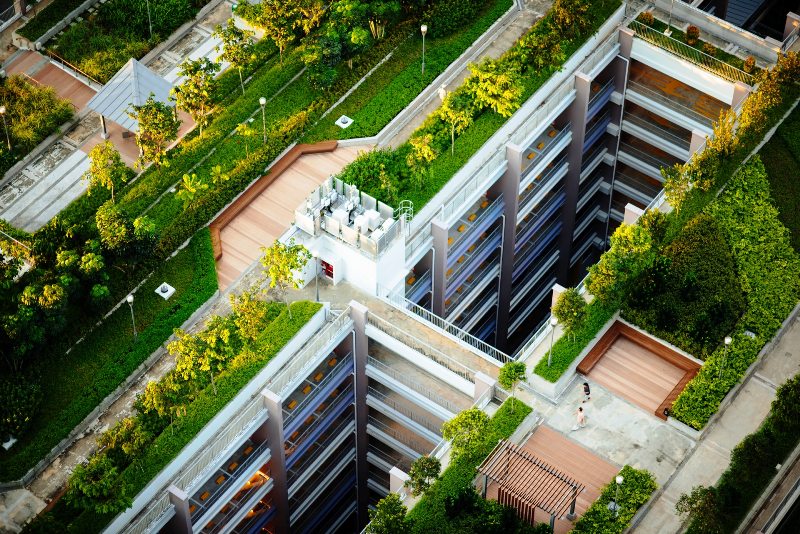
When it comes to small areas, it is possible to do the installation yourself by respecting specific rules:
Respect for the slope:
-
the slope of 5° minimum up to 35° with an anti-slip retention system;
-
creation of a structure of wood, concrete, etc.
Creation of a waterproofing:
- use of an EPDM liner, sold in rolls of different widths, to avoid too many joints;
-
A pond liner can also be used.
Drainage creation:
-
expanded clay;
-
crushed brick;
-
pozzolan;
-
with a drainage membrane, etc.
Installation of an anti-root veil in:
-
non-woven fabric;
-
felt, etc.
Laying of a 7 to 15 cm thick, light and water-retaining substrate.
Planting and realization of the peripheral gravel strip.
A late or organic fertilizer may be necessary for the first year.
Attention: your support must be strong enough to support the green roof: indeed, the green roof can weigh between 300 and 400 kg/m².
Green roof maintenance: watering and weeds
It is necessary to check that no wild weeds are growing in the first year. If this is the case, manual weeding will be inevitable.
Moreover, weeding must be done 4 times a year to ensure the durability of the plants. Otherwise, they will suffocate under the proliferation of wild plants, often invasive.
In summer, watering is often mandatory, especially in hot weather. As the substrate is thin, it dries out very quickly.
Plants adapted to green roofs
Choosing ground cover plants is advisable to ensure a good cover that prevents weeds from settling and helps stabilize the substrate. Sedum plants are particularly well suited to flat roofs. This category includes more than 400 species of rockery plants or small perennial shrubs, which:
-
stabilize the soil;
-
tolerate poor, draining soil; and
-
require relative watering.
Of course, you may choose to mix sedums for aesthetic purposes.
Here are some recommendations for choosing plants for your roof deck:
-
match the colour of the foliage;
-
choose evergreen or semi-evergreen sedums that bloom late;
Find out which plants can withstand your climate:
-
wet winters, Mediterranean climate, etc.;
-
Exposure (south-facing, shady, etc.).
Price of a green roof: about $40 per m²
You will find in the table below a summary of the estimated prices for a 100 m² green roof:
|
Type of product for a 100 m² green roof |
Price range |
|---|---|
|
Waterproofing (EPDM fabric) |
Approx. $1,350 |
|
Drainage and geotextile film |
Approx. $900 |
|
Substrate (topsoil + pozzolan on a thickness of 10 cm) |
Approx. $600 |
|
Vegetation |
between $300 and $400 |
